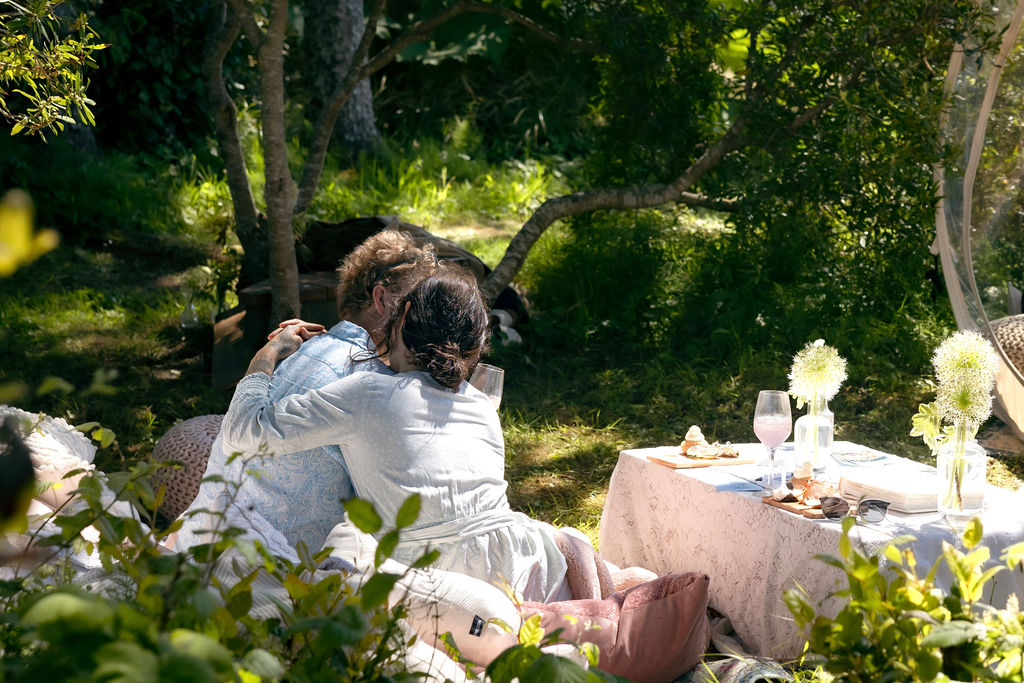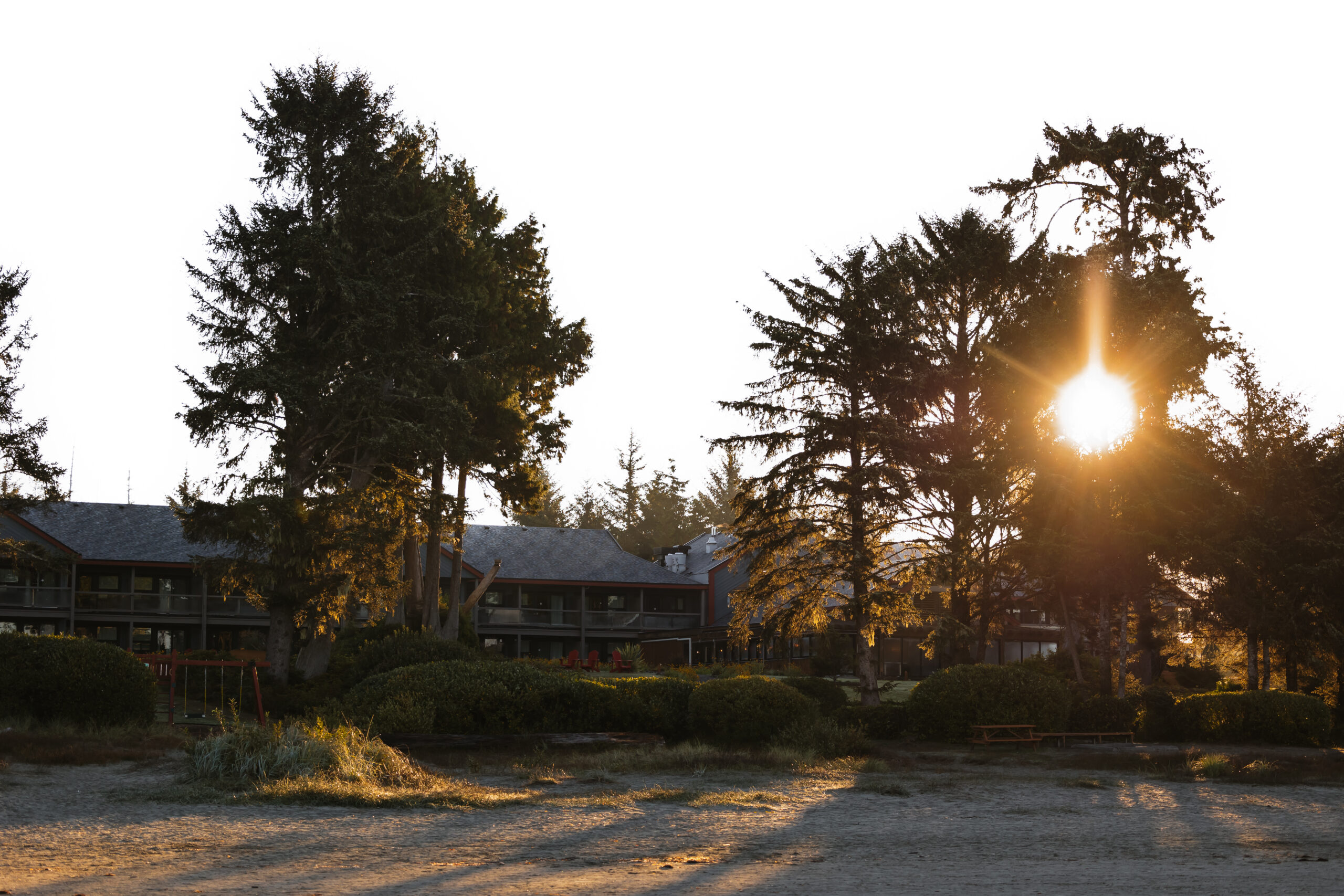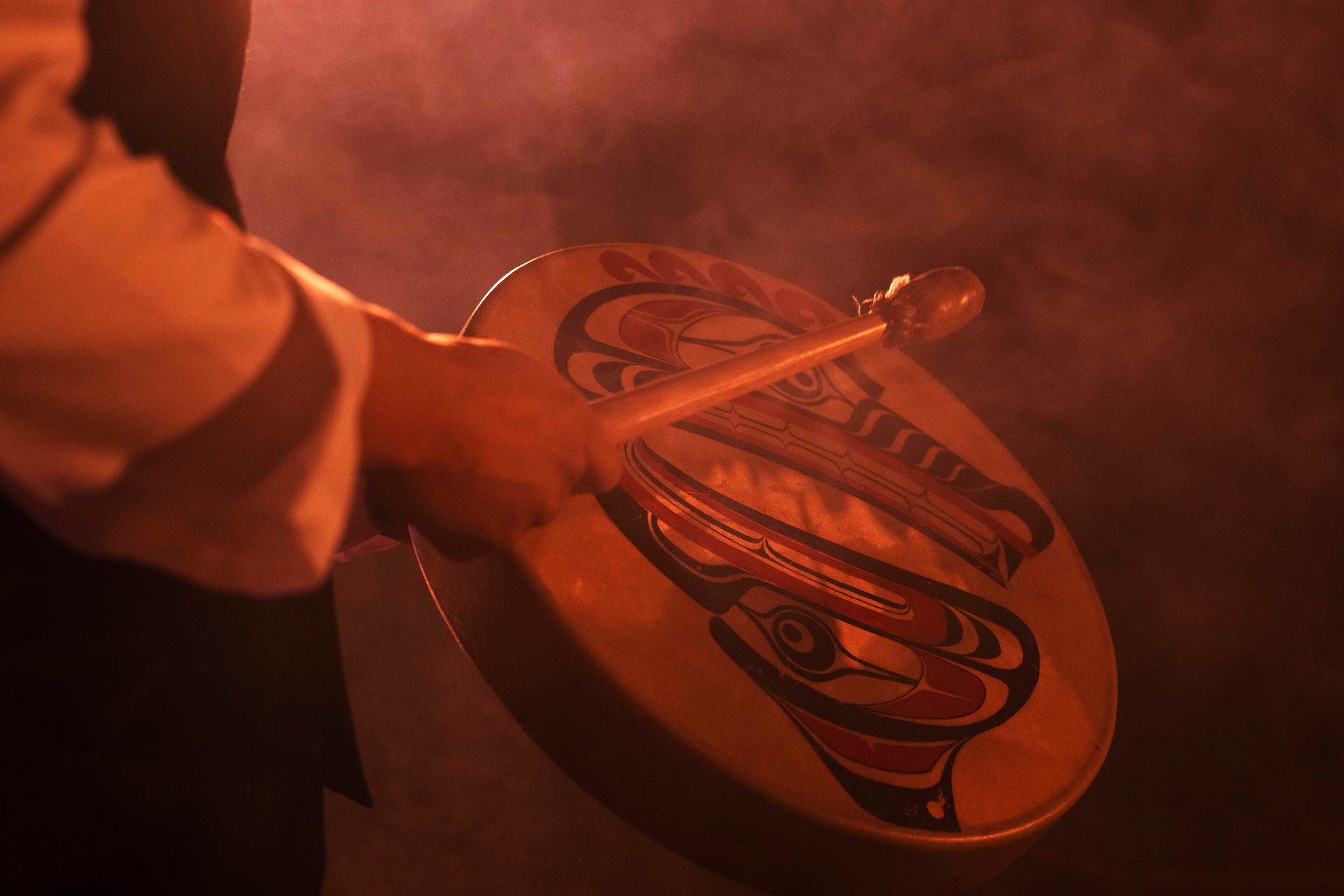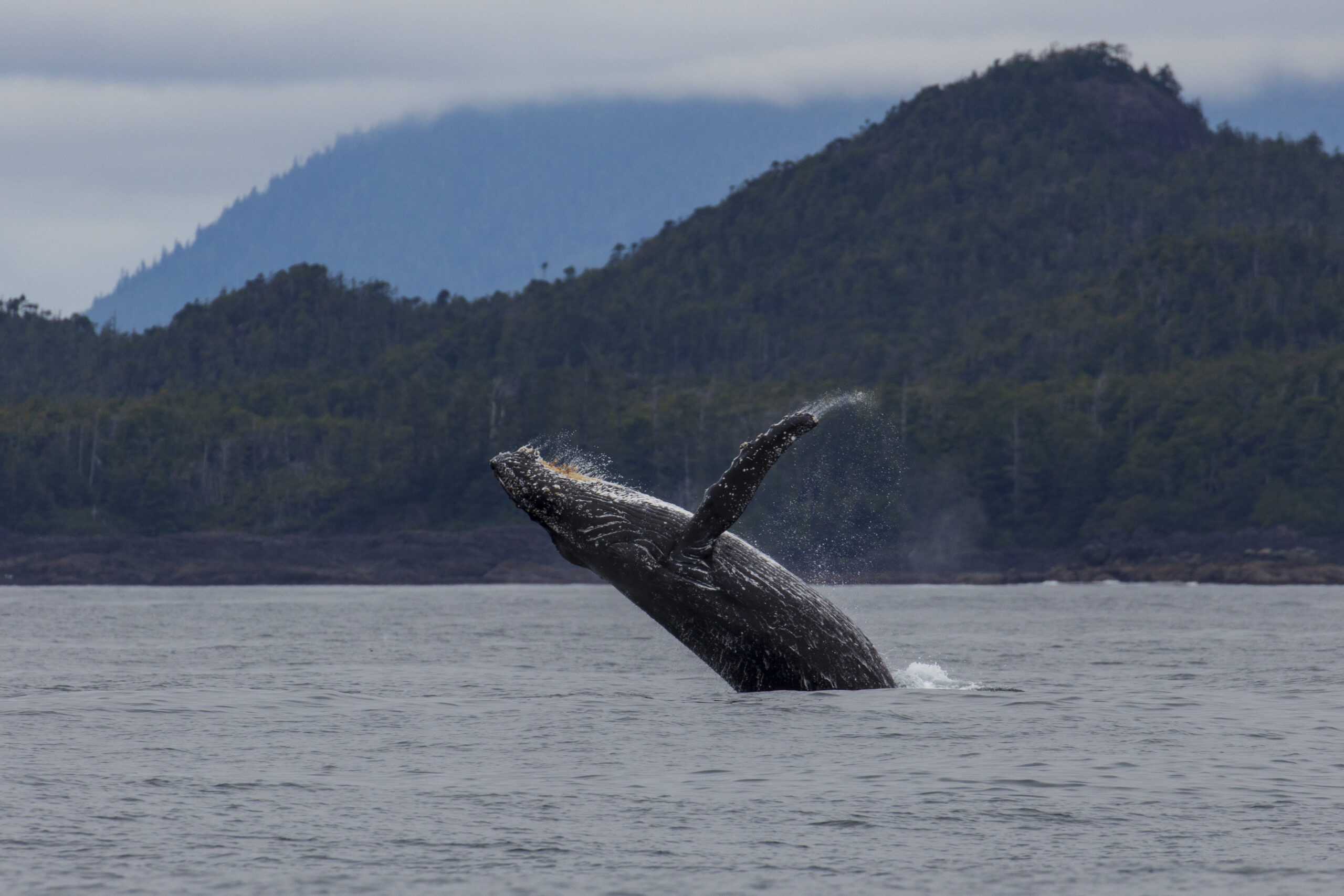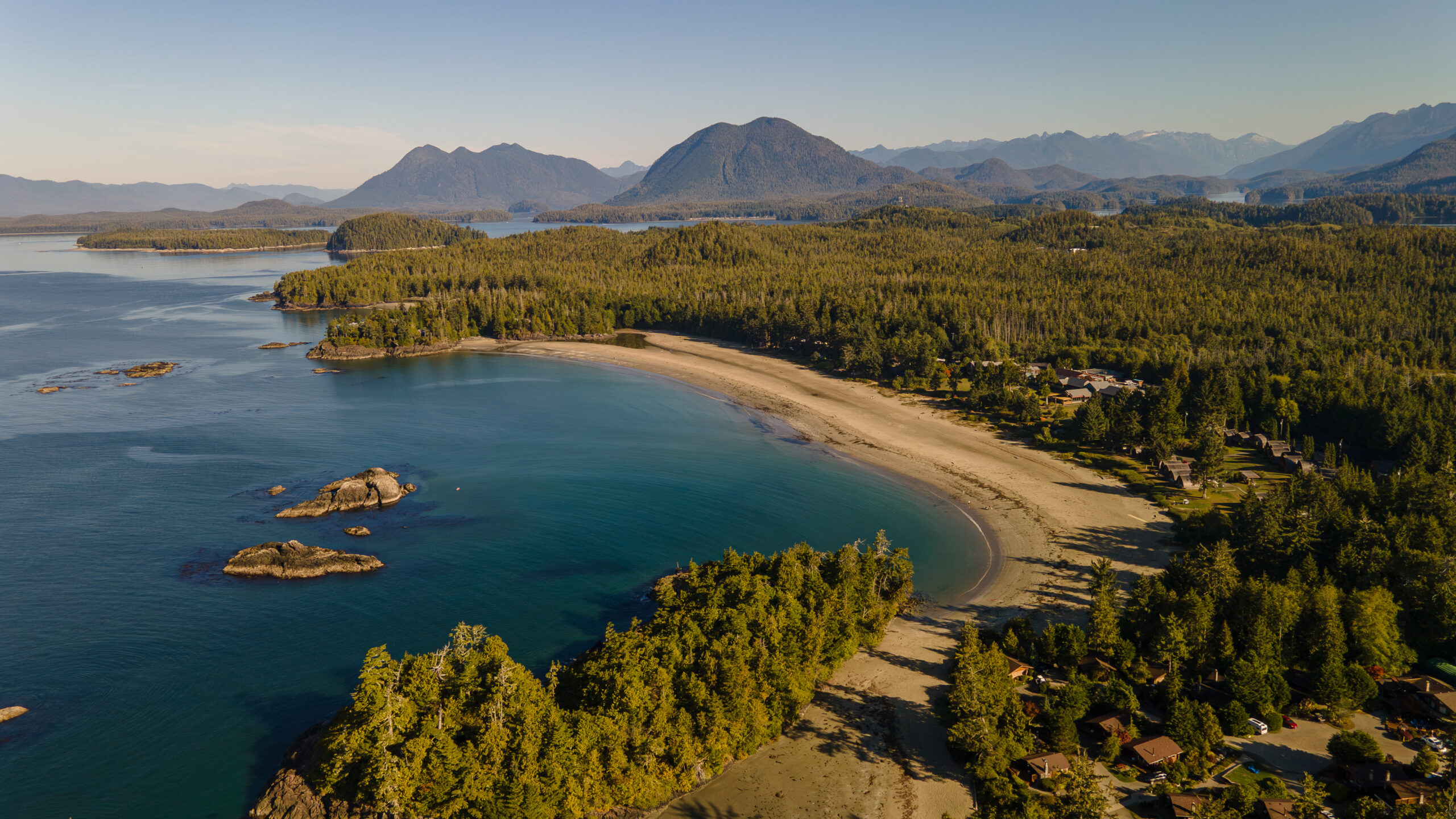Stay Connected
Enter your information for our seasonal newsletter and promotions.
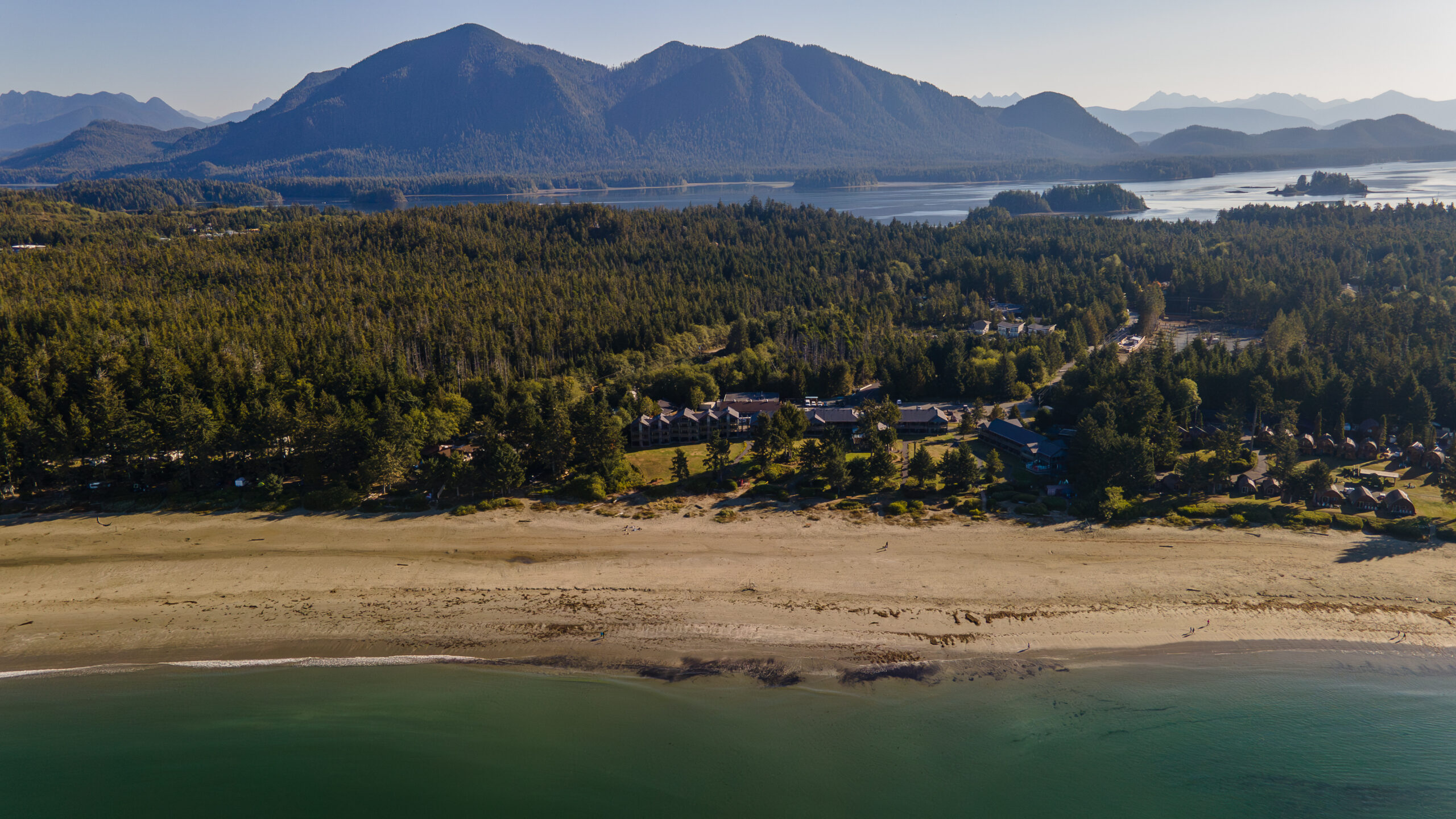
All new events and happenings
Rough seas calming: Tin Wis, past, present, and future
Tin Wis is within Tla-o-qui-aht Ḥaaḥuułi and the Tla-o-qui-aht Tribal Parks, and like the ancestral village site that existed here for tens of thousands of years, the 85-room beachfront hotel stands facing one of the oldest highways on earth – the ocean. Connected to this deeply storied place, Tin Wis Best Western Resort’s own evolution relies upon the resilience of the Tla-o-qui-aht people, ancestral land and identity, and the perseverance of Cultural Lifeways as well as the Indigenous laws which protect biological diversity.
Read MoreShorebird Migration and Magnificent Beaches
Welcome to the awe-inspiring world of shorebird migration, where each year, millions of these feathered marvels grace the west coast of Vancouver Island, transforming the skies and beaches into a vibrant tapestry of avian activity. Join us on a journey through the captivating landscapes of Tofino, where nature's grand spectacle unfolds against the backdrop of pristine beaches, ancient rainforests, and expansive mudflats.
Read MoreIndulge in Coastal Delights: Tofino Wine & Dine Festival at Tin Wis Resort
Welcome to a culinary journey like no other, where the flavors of the West Coast come alive against the stunning backdrop of Tofino's coastal beauty. Get ready to indulge your senses at the Tofino Wine & Dine Festival, hosted at the picturesque Tin Wis Resort. In this blog, we'll take you on a tantalizing preview of what awaits at this two-day extravaganza of food and wine. From sipping by the shore to grilling in the garden, join us as we explore the culinary delights that await you at the Best Western Plus Tin Wis Resort.
Read MoreDiscover the spirit of Tin Wis: sharing Tla-o-qui-aht culture at home and abroad
Integral to the spirit of Tla-o-qui-aht-owned Tin Wis Resort is the desire to welcome guests into these deeply meaningful ancestral homelands and to share a rich and storied culture. When you visit Načiks (Tofino), it is important to understand that this is not a “remote wilderness” but “wałyuu”, meaning “home” and that unparalleled beauty is a result of Indigenous-led stewardship since time immemorial. The true heart of oceanfront Tin Wis Resort is its People whose connection to this place is profound.
Read MoreExperience the Rich Culture of Tla-o-qui-aht First Nation at naaʔuu
Tickets for naaʔuu are on sale now! Secure your spot for this extraordinary cultural event and join us in celebrating the vibrant culture of the Tla-o-qui-aht First Nation.
Read MoreCelebrating the return of the whales
Whale Festival offers something for everyone from educational opportunities to learn more about whales and their west coast environment with hands-on seines and beach cleanups to an inspiring film about conservation-in-action, The Whale and The Raven, narrated by iconic artist-activist, Roy Henry Vickers, to all-out fun at the Spout Ball showdown between volunteer firefighting departments and the festival closer, the Baleen Bash.
Read MoreJ.O.M.O. and the Art of Doing Nothing
January is the perfect time to embrace J.O.M.O.— the Joy of Missing Out—simply hit pause and practice the delicious art of doing nothing. Clear your schedule. Reconnect to Nature. Remember how to dream and play. Come spend time with the ocean on tinwis (aka MacKenzie Beach) and let it restore your soul.
Read MoreA Call to Recognize “tinwis” as the True Name of Tofino’s Mackenzie Beach
There's an opportunity for everyone to be part of the efforts to restore the region's traditional names for its beaches. By signing a petition to change the name of Mackenzie Beach back to its original, "tinwis," you can help kick the colonial past to the curb and welcome back the genuine meaning of this place.
Read MoreTin Wis Resort: Honoring the Past and Embracing the Future on Orange Shirt Day
Today, we explore the remarkable journey of Tin Wis Resort, the profound significance of Orange Shirt Day in Canada, and the importance of supporting Indigenous communities when visiting Tofino.
Read MoreLow Tide and the Living Classroom
You don’t have to wait for a blue moon or a supermoon to explore the world of wonders revealed at low tide on Tin̓uwis (aka MacKenzie Beach). The ocean-swept sand stretches out and wraps itself around the rocky headlands, and at zero and negative tides, an isthmus forms a narrow bridge to connect to the small grouping of offshore rocks directly across from the resort. Whether it’s cloaked in morning mist or moonlight, this is a magical place to visit.
Read More







